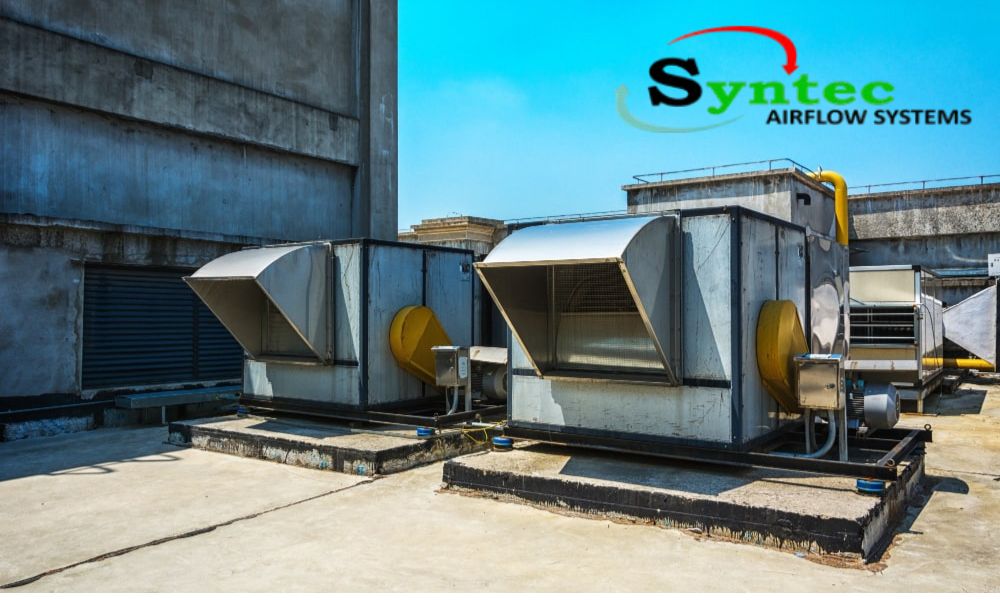
The heating, ventilation, and air conditioning systems are the core of both energy performance and comfort in industrial areas. In the past, integrating the HVAC systems in the facility was a very time-consuming process. It was also a hectic process, as it was done manually. Luckily, all of the HVAC equipment, such as the pneumatic controls, sensors, furnaces, and actuators, can be integrated into the BMS or the building management system. BMS system in HVAC helps users with optimal performance and exceptional efficiency. This also helps in saving energy and saves on the operating cost.
What is a building management system?
The building amnagment system helps in controlling and monitoring the systems in the building that consumes more energy. This will include the fire and security systems, the lighting systems, the HVAC, etc. BMS aims to maintain the comfort of the occupants and also ensure the safety of the occupant without compromising on energy efficiency. BMS systems in HVAC are essential for enhancing the performance of the building and also render the most cost-effective option to achieve exceptional energy savings.
The HVAC systems are made up of different equipment such as chillers, boilers, air handling systems, and many ancillary components such as fans and pumps. These systems help control the operations of different HVAC elements, depending on the information received from the sensors. It also helps in monitoring key parameters such as humidity, temperature, pressure, occupancy etc, concurrently.
Advantages of BMS systems in HVAC:
In a number of high-performance buildings, it is mandatory to achieve and maintain a good energy rating from NABERS. BMS systems in HVAC are essential tools for diagnostic purposes, and they also assist in a number of other HVAC functions.
- BMS systems offer very useful data for scheduling site visits from the maintenance contractors.
- It offers inherent data for the on-charging occupants on hours of use and energy consumption.
- It ensures that the targets of NABERS energy are met.
- Above all, the BMS systems in HVAC offer diagnostic capabilities to improve system non-performance proactively.
What are HVAC VRF systems?
The VRF stands for variable refrigerant flow. The HVAC VRF system makes use of a reliable refrigerant to both heat and cool a building. The system has one outdoor unit, which is, in turn, connected to a number of indoor units with the help of a refrigerant piping system. The indoor units are capable of controlling their capacity on the basis of the temperature setting and also the current temperature in the room.
The outdoor units in the VRF system are way more efficient than the conventional systems, as they run only at the temperature required to maintain the required temperatures. The systems are also able to render individual temperature controls for the different zones in the HVAC system. Also the HVAC VRF systems are less complex than the chiller-based systems that are being used conventionally in HVAC.
FAQ:
What are the types of VRF systems?
The different types of VRF systems include the heat pump or the heat recovery system, the two-pipe or the three-piped system, and the air-cooled or the water-cooled system.
Benefits of HVAC VRF systems:
The most important benefit of the HVAC VRF systems is energy efficiency. Leaky or unprotected ducts can lead to a lot of wasted energy. With the help of effective VRF systems, it is possible to heat and cool the different zones simultaneously, allowing the workers and sensitive equipment to stay safe.
Compared with the traditional equipment, the VRF HVAC systems are less bulky, making them an excellent option for renovating and retrofitting areas within the limited space. They are also scalable to control the climate in the industrial space. HVAC equipment with ducts is heavy, and the VRF is easy to install and can be performed only by certified and trained professionals.
Bottom Line:
Integrating the VRF and the BMS system in HVAC helps in achieving centralized control and also helps to enjoy enhanced comfort and optimized energy consumption in cleanrooms. It also helps to mitigate operational costs and also improve building performance.





Leave a Reply